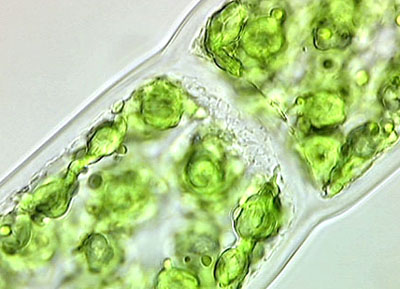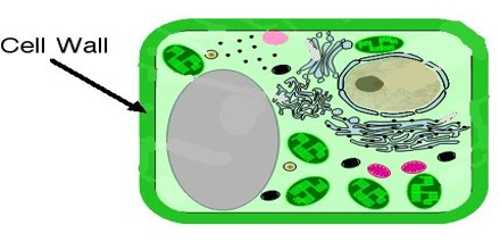

Tinsel strength is the remarkable characteristic of mechanical cells, specially of the extra xylary fibres of monocotyledons and dicotyledons.ĭifferences in optical and other physical properties of walls are interrelated with the orientation of microfibrils, e.g. Plasticity of walls is observed clearly by their permanent extension in some stages of growth of cells by volume (Heyne, 1940) similarly elasticity property of walls may be illustrated by the reversible changes in volume due to changes in turgor pressure (Frey-Wyssling, 1959).

Plasticity is the property of becoming permanently deformed when subiected to changes in shape and size while elasticity is the property of recovery of the original size and shape after deformation. Cell walls exhibit different degrees of plasticity, elasticity and tinsel strength in relation to their chemical composition and their sub-microscopic and microscopic structure. Properties of plant cell wall are affected by the cell’s environment, nutrition and stage of differentiation. It is still a question whether during growth of the cell the relation between cytoplasm and the wall is closer than at maturity.Īccording to some workers the cytoplasm penetrates the growing wall, but electron microscope studies of meristematic cells indicate the presence of ectoplast which delimits the cytoplasm from the cell wall.


Cytoplasm is present in the wall of mature living cells in the form of plasmodesmata. The cell wall grows when comes in contact with the protoplast but outside of it.


 0 kommentar(er)
0 kommentar(er)
